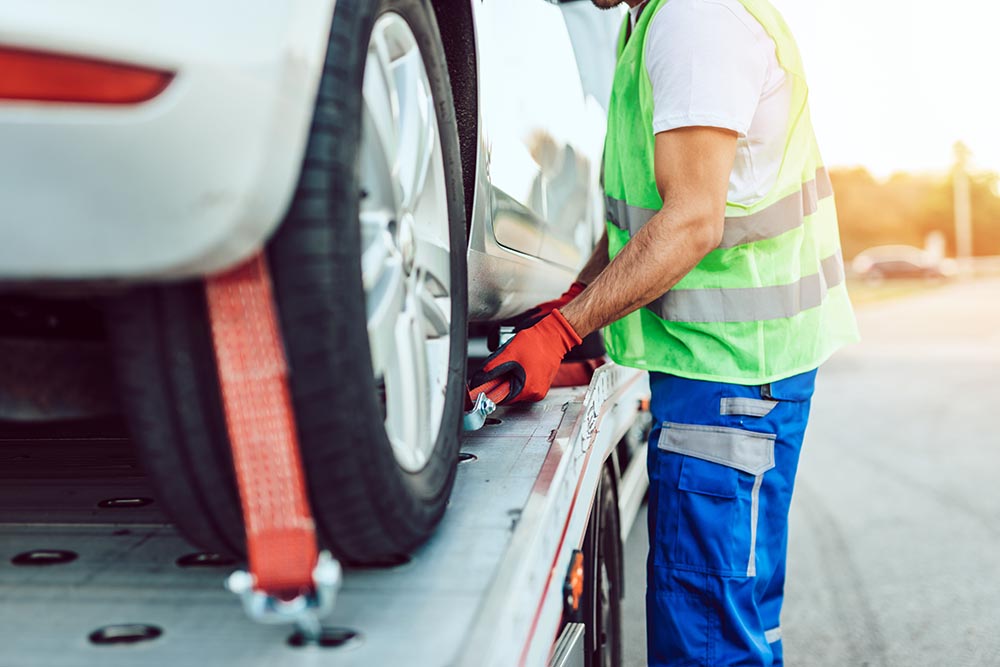In an effort to clamp down on unscrupulous towing practices and the “Wild West” environment that has led to escalating violence among tow truck companies, the Ministry of Transportation is imposing towing restrictions on some Toronto area provincial highways.
Kickbacks and Fraud are prevalent
So, what’s the problem with a $200 dollar tow from the side of a highway? That one tow can add up to tens of thousands of dollars in windfall for the companies involved and criminal elements have moved in to take control. With the “first available” tow system currently in place on provincial highways, tow truck drivers race to the scene of a vehicle breakdown or collision. A tow driver can get a kickback from an unscrupulous auto repair shop, which then submits wildly inflated repair fees to an insurance company. Even worse, tow trucks can take a damaged vehicle to a private storage operator who then charges exorbitant fees to have it released. The insurance industry has estimated that wildly inflated and fraudulent fees can add up to $2 billion per year. This has a direct impact on your auto insurance premiums.
Restricted Tow Zones
Currently, tow truck operators are governed by a patchwork of regulations imposed by different municipalities across the province. The Tow Zone pilot program is set to launch this summer and introduces restricted tow zones on certain sections of provincial highways. The goal is to clear incidents such as vehicle collisions or breakdowns safely and quickly while restricting each tow zone to a single approved towing company.
The insurance industry has applauded the move which aims to ensure that tow operators have the training, experience and required equipment to clear highways safely and efficiently. The program also ensures that drivers are provided reasonable tow rates that adhere to standard pricing and invoicing.
With the proposed restrictions, drivers with vehicles that break down in a restricted zone are required to use the provincially authorized tow company. The OPP may permit drivers of non-commercial vehicles to use their roadside assistance membership, such as CAA, if they determine that the vehicle is in a safe location on the shoulder.
During the first phase of the pilot, four zones have been designated on 400 series highways around the GTA.




